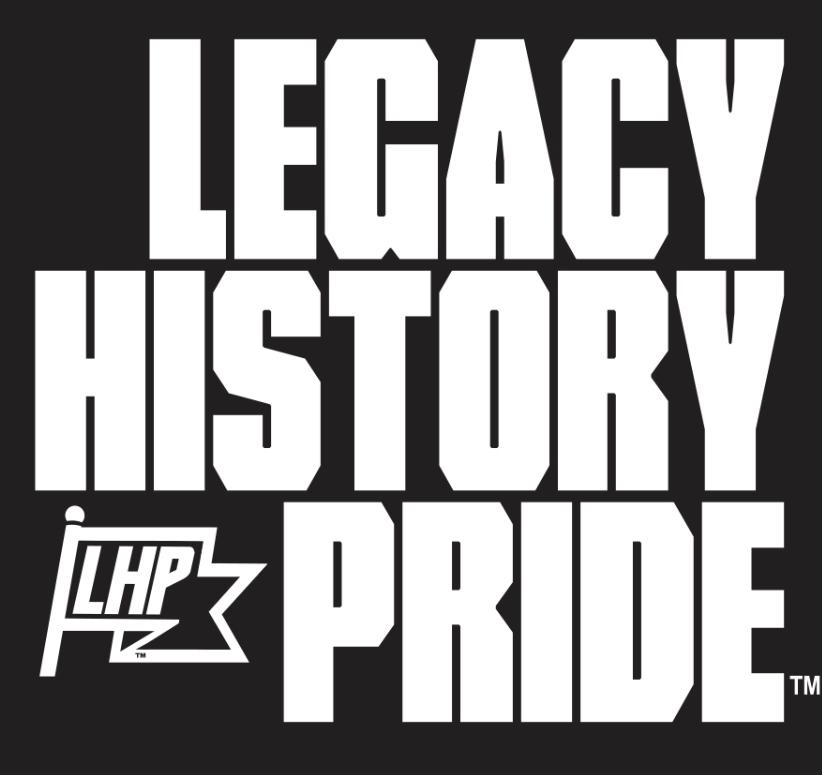HBCU Mascots

For many schools, having a mascot to boost morale gets the student body excited to rep their schools and be active members of their campuses. Who doesn’t love a strong, well-designed mascot that they can wear on their gear? One thing that isn't always apparent is how a school decided on their mascot. The beginnings of some are as simple as a campus-wide vote, like with the Hampton University Pirates. For others, folktales are offered up as potential explanations. In this article, we're going over five HBCU mascots that have interesting origins that, unless you were a student there, you definitely didn't know about.
North Carolina A&T State University Aggies
The students of NC A&T are nicknamed "Aggies" since they attend a primarily agricultural school. What about that famed bulldog? According to legend, a dog was kept on a NC A&T farm to help with shepherding the animals. One night, a football game had everyone on the edge of their seats—the Aggies weren't doing well. Suddenly, an Aggie fullback mustered up the willpower, tore through the defense, and scored. A referee flagged it, and after speculation, deemed it no good. At that moment, someone let the dog loose—a bulldog—and it pummeled the referee. It is said this incident almost cost the school its CIAA membership, but the bulldog slotted its place as NC A&T's permanent mascot.
Winston-Salem University Rams
The ram supposedly became Winston-Salem's mascot in 1932 when Theodore Hayes, a basketball player, suggested it. It wasn't until 1978 that the ram finally got a name—Amon. A name chosen from a "Name the Ram" contest, Amon is a West African deity. The name itself signifies power, and Amon the deity is considered to be the god of mankind's welfare. After the Amon the Ram got its name, the campus was re-invigorated. It is now a 40-year legacy that continues on, with a recent rebrand that gave the university's ram logo a determined, forward-facing appearance.
Howard University Bison
Named for one of America's first national mammals, the Howard Bison symbolizes pride, history and resilience. In 2014, Howard had the opportunity to name one of two bison entering the Smithsonian National Zoo. Zora, named after famed author and figure Zora Neale Hurston, was one of the bison to start the zoo's pure bison herd. Recently, the Bison underwent a total redesign, stepping away from the Buffalo Bill’s version of the bison.
North Carolina Central University Eagles
During his tenure, Dr. James E. Shepard—Founder and President of NCCU—gave an annual speech each school year to motivate students. In this speech, he was always sure to incorporate an explanation of the university’s mascot, Eddie the Eagle. Dr. Shepard said of the iconic bird, "The Eagle is no common, ordinary barnyard fowl. And while a Sparrow clings to its flock, an Eagle soars alone."
Florida A&M University Rattlers
The story goes that after relocating the school to Highwood Plantation in 1891, the landscape was crawling with many different kinds of snakes—especially rattlesnakes. So, it became the Rattlers. There is, however, another tale. The 369th Infantry Regiment was called the "Black Rattlers" during WWI and WWII. This infantry was known for being the first African American regiment to serve during WWI. Some say that FAMU was named after this hard-working, honorable regiment. Venom the Rattler takes its green and orange colors from agricultural plants and the state’s booming citrus industry.
There are some great college and university mascots, but we think HBCUs have some of the best ones. Each school above, and many others, are featured in LegacyHistoryPride's HBCU apparel line. From old-school basketball shorts, to fleece and letterman jackets, our apparel makes sure your school’s mascot stays looking fresh.

